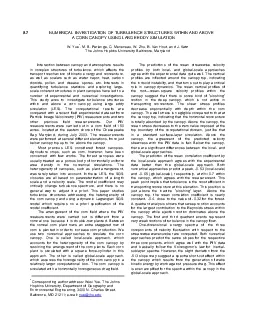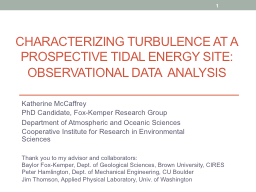PPT-Turbulence Acceleration Model for the Broad Band Blazar Spectra
Author : essencemessage | Published Date : 2020-08-04
Katsuaki Asano ICRR U Tokyo Collaborators Yuto Teraki YITP Kyoto Masaaki Hayashida ICRR Fumio Takahara Osaka etc Nonthermal Emission Supernova Remnant SN1006
Presentation Embed Code
Download Presentation
Download Presentation The PPT/PDF document "Turbulence Acceleration Model for the Br..." is the property of its rightful owner. Permission is granted to download and print the materials on this website for personal, non-commercial use only, and to display it on your personal computer provided you do not modify the materials and that you retain all copyright notices contained in the materials. By downloading content from our website, you accept the terms of this agreement.
Turbulence Acceleration Model for the Broad Band Blazar Spectra: Transcript
Download Rules Of Document
"Turbulence Acceleration Model for the Broad Band Blazar Spectra"The content belongs to its owner. You may download and print it for personal use, without modification, and keep all copyright notices. By downloading, you agree to these terms.
Related Documents

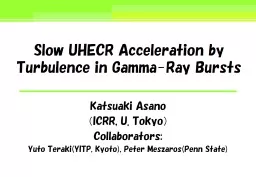
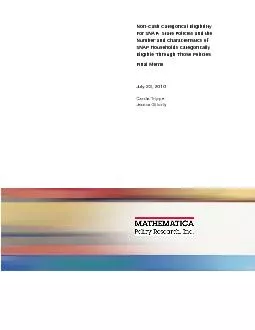
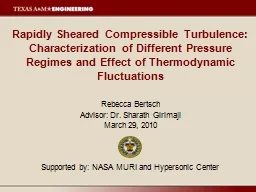

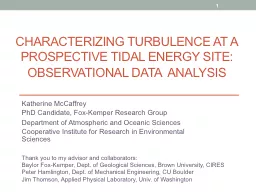
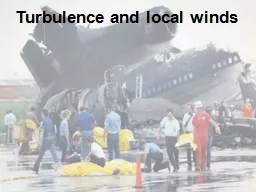
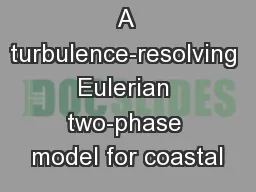
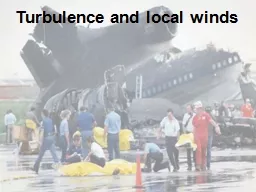

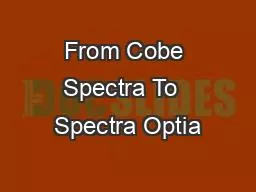
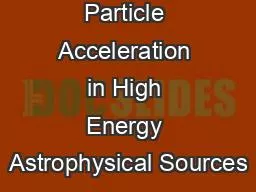
![Stepwise Isotope Editing of [FeFe]-Hydrogenases Exposes Cofactor Dynam](https://thumbs.docslides.com/831435/stepwise-isotope-editing-of-fefe-hydrogenases-exposes-cofactor-dynam.jpg)
